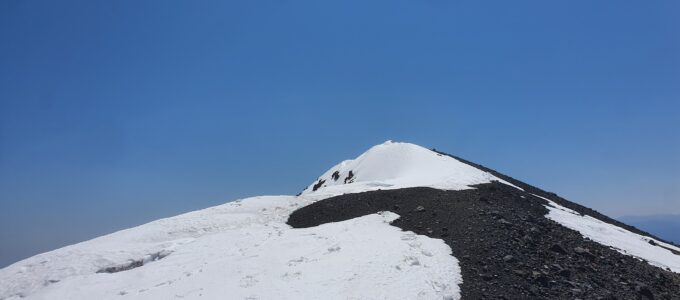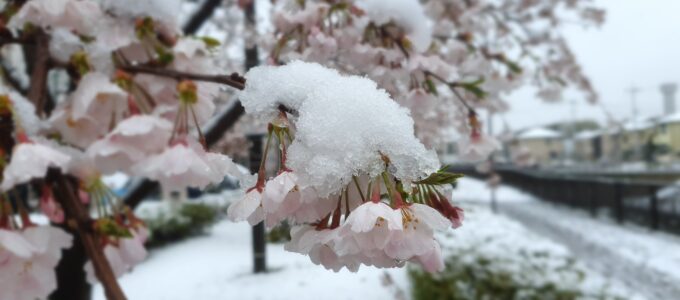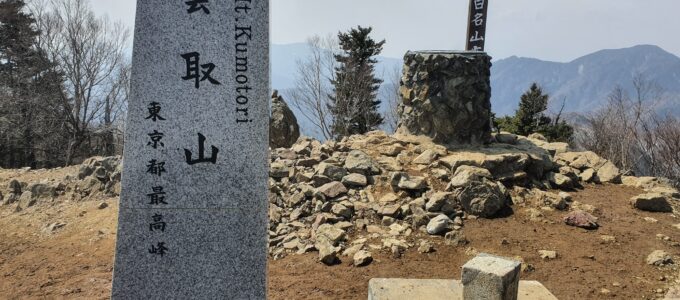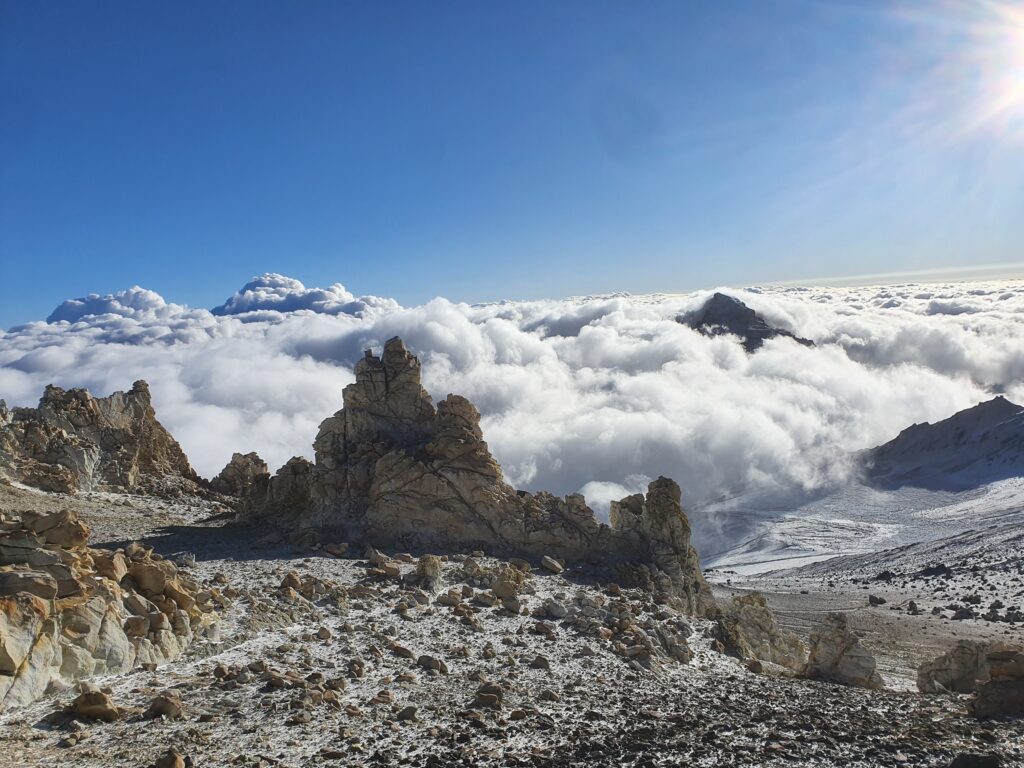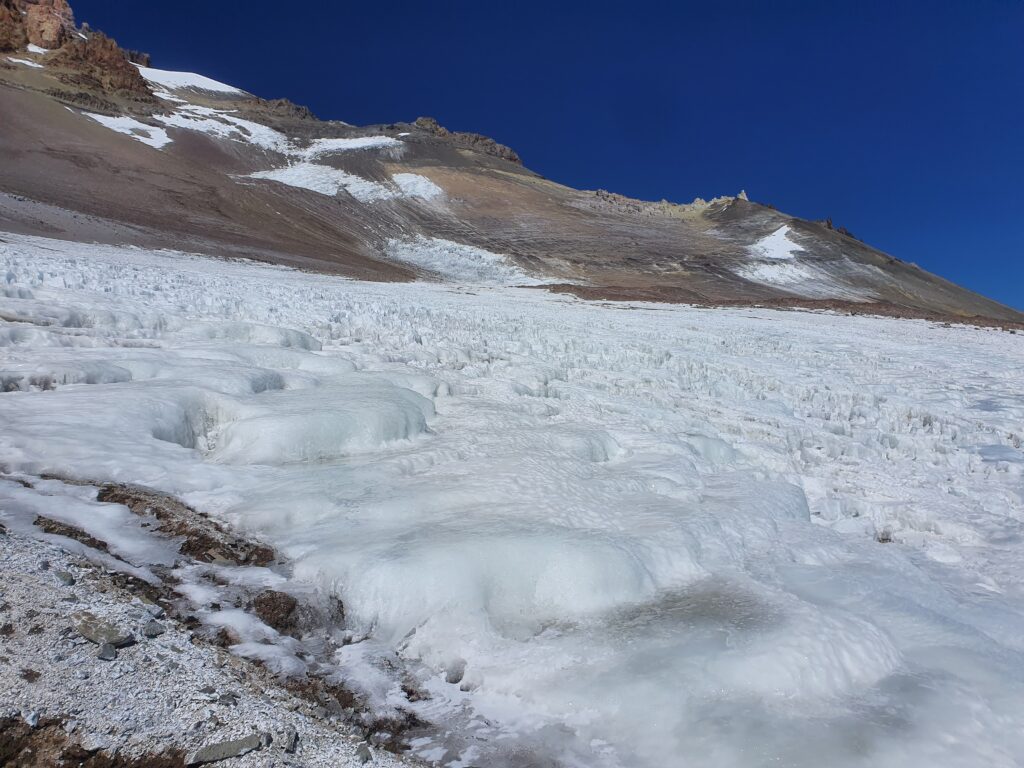I got really frustrated by GitKraken. I’ve been using it for years now both for work and for hobby projects without much to complain about really. Then again I’m not a heavy git user: mostly I just commit and push, only occasionally squashing or cherry picking. I don’t even remember when was the last time I needed a rebase, but it wasn’t yesterday.
However recently GitKraken started having these weird problems with my work repositories. These can get pretty big (by my standards) with tons of branches getting pushed to in parallel (and in the early days some very large blobs got checked in too). Because the branches move really quick it’s important that I can keep my own up to date by merging the head branch back.




